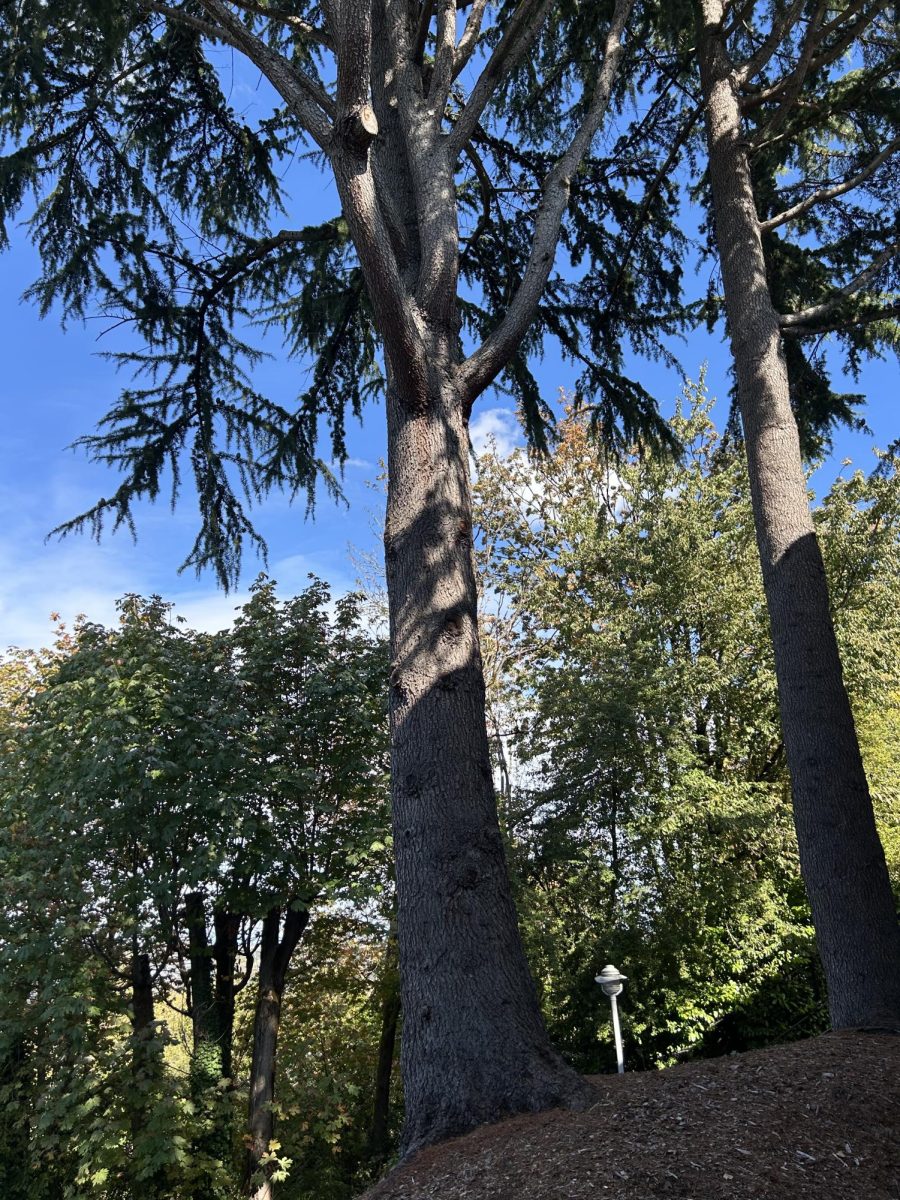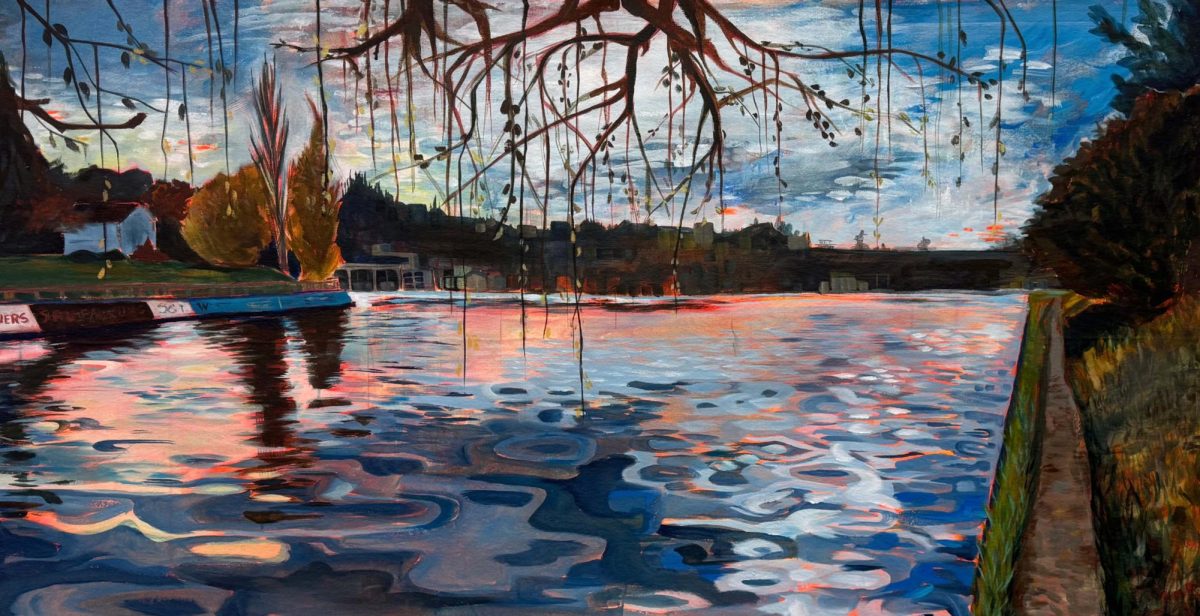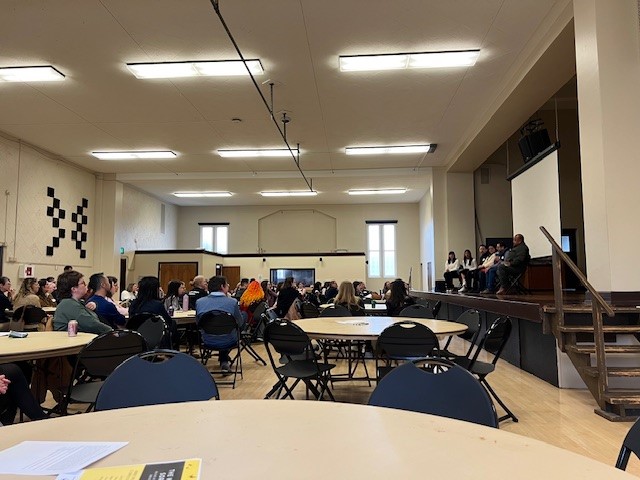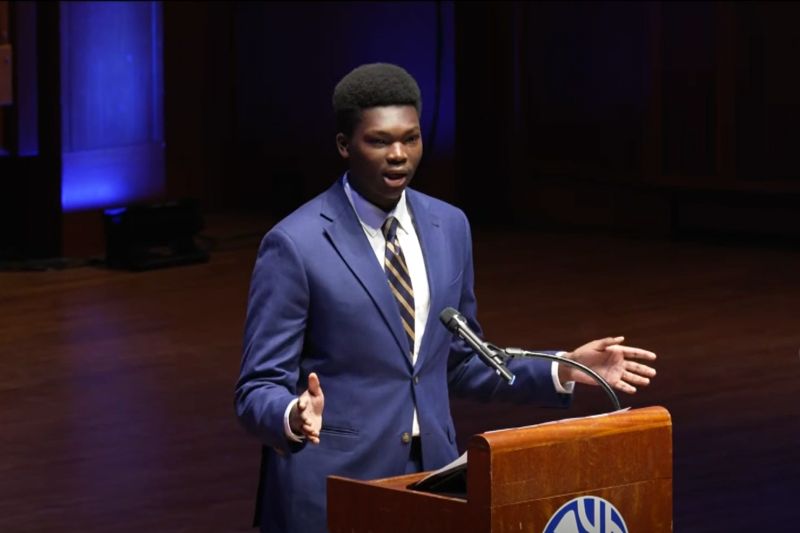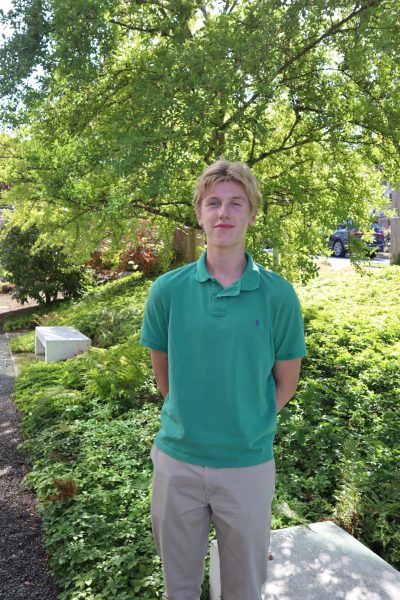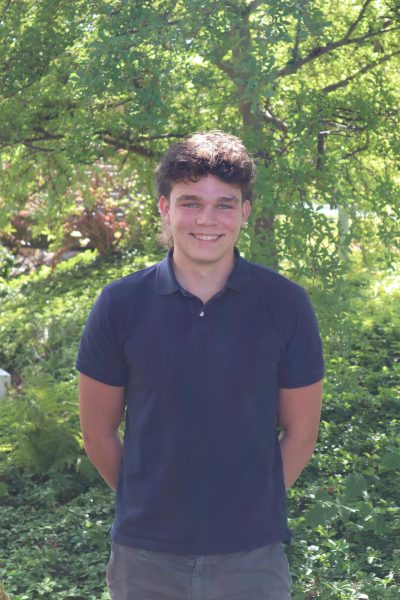As fall quickly approaches, the familiar beauty of autumn foliage once again takes center stage among the many trees on Seattle Prep’s campus. Cozy sweaters, Halloween festivities, and the pumpkin spice latte, likely the reason behind many student tardies, join the changing leaves in capturing the essence of seasonal perfection. For Prep students overwhelmed by college applications, athletics, and homework, these trees offer a quiet and steady presence that is often overlooked despite being rooted in every corner of campus
These trees, often seen but rarely appreciated, are more than just background scenery as they are quite literally the life of campus. The very air inhaled by the student walking to move their illegally parked car or taking stairs two at a time to the basement of Adelphia during a five-minute passing period is filtered through the same Japanese Maple that offers shade during lunch on warm days. It is the same European Birches that form the backdrop for sophomore Othello skits in Collegio. When life moves too fast, it’s worth pausing to notice what has always been there. In a season defined by change, the trees on campus serve as a quiet reminder to slow down and reconnect with the environment that is often forgotten.
The White Poplar (Populus alba) is native to southern and central Europe, Asia, and the Seattle Prep Plaza. The White Poplar can be found in the center of the plaza near the entrance to McDonnel Hall and Ignatius. It is known for its distinctive leaves which are green on top and silvery-white underneath, giving the tree a shimmering look when they catch the wind. Historically associated with Hercules in Greek mythology and often planted near temples and sacred sites, the White Poplar now “guards” a different kind of sacred spot at Prep: the spikeball nets that come out onto the plaza during free periods. Along with most of the trees surrounding the Ignatius building, the White Poplar was planted in 1999. It serves both as a gathering spot where students chat after school while waiting for rides and as a shady place for those enjoying lunch outdoors. Being one of the most seen trees on campus, it is easy for it to blend into the background during the school day.
The Atlas Cedar (Cedrus atlantica) is native to the Atlas Mountains of Morocco and Algeria as well as outside the Merlino Center where it thrives in cool, high-altitude forests. Known for its blueish-green needles and broad structure, this majestic Cedar has created an impression of being a beautiful ornamental tree. Historically, it’s valued for both its beauty and wood which was used in ancient construction and shipbuilding. Today, Atlas Cedars are common in parks and large landscapes, and highly desired for their size and beauty. What the atlas cedar provides for Prep students, however, expands far beyond external qualities but rather a mental and personal one. For many student athletes, the walk from the doors of The Merlino Center to the stairs leading up to the plaza provide a chance to cool down and find some peace after a tough workout in Coach Middleton’s weight room. The walk under these tall Cedars is often the first moment of silence for athletes after their workouts and a mental reset as the day winds down, making the tree a symbol of something beyond simply nature.
Near the heart of campus near the stairs down to the Merlino Center also stands a Japanese Maple that holds special significance beyond its vibrant red and green leaves. This tree serves as a living memorial to Bimal Sanduh, a member of the Seattle Prep Class of 2014. Planted in his memory, the tree symbolizes the lasting impact an individual can have in their community. Prep is often known to be a second home for its students before and after graduation, with the tree dedicated to Sanduh serves as a representation of that message. As the seasons change, the Japanese Maple’s presence honors Sanduh’s memory while continuing to enrich the campus environment he once called home.
While Seattle Prep is arguably one of the most thoughtfully designed campuses, it is important to recognize what truly adds beauty and makes it the place that graduates look back on as a second home, the trees. When finding a way to reconnect with anything other than academics, there lies something more meaningful and capable of being seen by simply looking up.


